 Weird Stuff
Weird Stuff  Weird Stuff
Weird Stuff  Our World
Our World 10 Ways Your Christmas Tree Is More Lit Than You Think
 Movies and TV
Movies and TV The 10 Coolest Stars to Set Sail on The Love Boat
 History
History 10 Things You Didn’t Know About the American National Anthem
 Technology
Technology Top 10 Everyday Tech Buzzwords That Hide a Darker Past
 Humans
Humans 10 Everyday Human Behaviors That Are Actually Survival Instincts
 Animals
Animals 10 Animals That Humiliated and Harmed Historical Leaders
 History
History 10 Most Influential Protests in Modern History
 Creepy
Creepy 10 More Representations of Death from Myth, Legend, and Folktale
 Technology
Technology 10 Scientific Breakthroughs of 2025 That’ll Change Everything
 Weird Stuff
Weird Stuff Ten Bizarre Facts About The Doge Meme
 Our World
Our World 10 Ways Your Christmas Tree Is More Lit Than You Think
 Movies and TV
Movies and TV The 10 Coolest Stars to Set Sail on The Love Boat
Who's Behind Listverse?

Jamie Frater
Head Editor
Jamie founded Listverse due to an insatiable desire to share fascinating, obscure, and bizarre facts. He has been a guest speaker on numerous national radio and television stations and is a five time published author.
More About Us History
History 10 Things You Didn’t Know About the American National Anthem
 Technology
Technology Top 10 Everyday Tech Buzzwords That Hide a Darker Past
 Humans
Humans 10 Everyday Human Behaviors That Are Actually Survival Instincts
 Animals
Animals 10 Animals That Humiliated and Harmed Historical Leaders
 History
History 10 Most Influential Protests in Modern History
 Creepy
Creepy 10 More Representations of Death from Myth, Legend, and Folktale
 Technology
Technology 10 Scientific Breakthroughs of 2025 That’ll Change Everything
10 Dangerous Misconceptions About Nuclear Technology
When many people think nuclear, they first think of the bombs dropped on Hiroshima and Nagasaki, but this is only a small portion of the story when it comes to nuclear bombs set off around the world. And while most people know about incidents like Chernobyl, Three Mile Island, and Fukushima because they get widespread news coverage, there are many dangers from nuclear power that don’t get so much attention. There is much more than meets the eye going on underneath the surface of the world of nuclear technology, and some of it is quite alarming.
10The Fukushima Reactor Is Still Not Under Control
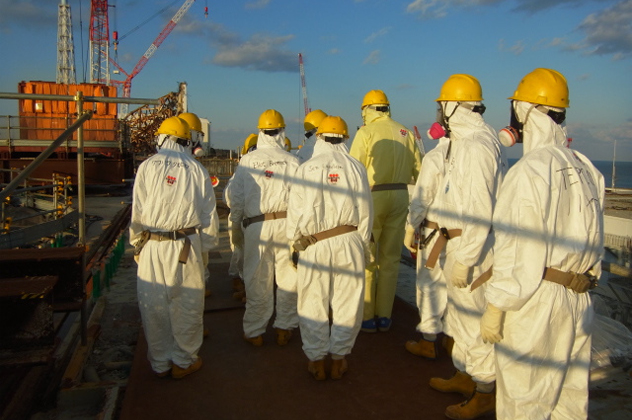
In 2011, Fukushima, Japan, was hit by a devastating tsunami that caused untold destruction to the town and its people. Sadly, however, the tsunami itself was just the beginning of their woes. One of the nuclear reactors in the town suffered a meltdown and a ton of radiation made its way into the atmosphere around the Fukushima area. The government put forth a massive cleanup effort, and TEPCO—the company responsible for the power plants—showed the world that they were getting things under control. Eventually, the news cycle moved on and people figured that the Fukushima disaster was over. In actuality, it has only just begun.
For starters, TEPCO is quickly losing the trust of the Japanese public and eroding the government’s patience as they end up with one failure after another. Recently, it was discovered that they failed to report a rainwater leak for 10 months. When caught, their excuse was that they were waiting to report it along with a bunch of other things that were also going wrong in a similar fashion. The leak was serious enough that TEPCO had to do public relations damage control with the local fishermen.
The problem is that the reactor that melted down is still underwater, as is much of the damaged part of the facility. That, along with the incredibly high radiation levels, makes actually shutting the reactor down incredibly difficult. To that end, they recently sent in a robot to give them a clearer picture of what they needed to do. It only lasted about an hour before the high radiation levels ruined it, and it was abandoned inside the plant. To put the problem in perspective, they expect it to cost somewhere in the range of $50 billion and several years to actually finish decommissioning the damaged reactors.
9Becoming A Nuclear Country Is Insanely Hard
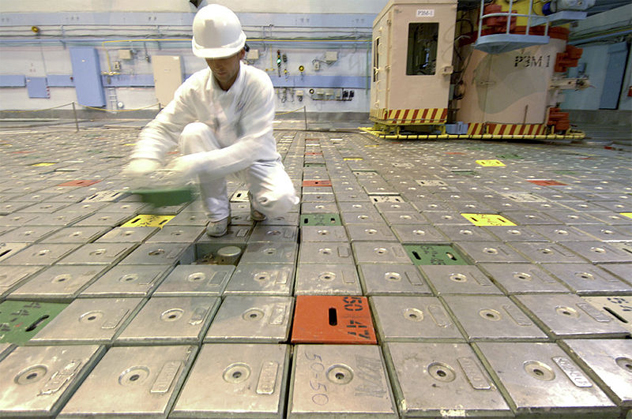
Many people are worried that some country is going to acquire a nuke under the nose of the international community and then set it off to take out their enemies—perhaps triggering a nuclear holocaust that wipes out most of the globe. However, the alarmists out there needn’t worry, as becoming a full nuclear country in terms of weapons capability is very expensive, time consuming, and nearly impossible to do without attracting all kinds of attention.
While the entire process is incredibly complicated, it starts with acquiring the radioactive element—a lot of it. And while that’s not always too hard, the sheer bulk and number of orders necessary makes it very hard to hide what you are doing. On top of that, the science required is insanely complicated, and there are few people with that level of expertise. To make matters more difficult for the wannabe nuclear superpower, centrifuge technology is fiercely protected, so most countries going for it have to resort to theft and smuggling on a massive scale, since hundreds of centrifuges are needed for the process. While it’s not impossible to go nuclear, it is nearly impossible to do it without the rest of the world knowing what you are up to.
8The Absurd Amount Of Leaking Storage Sites
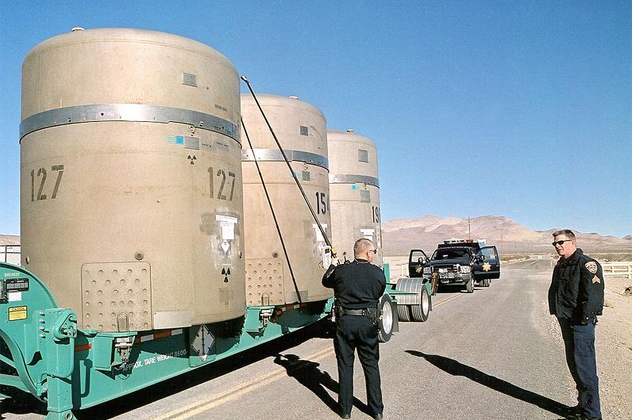
We mentioned that TEPCO is having some leakage problems from their nuclear storage facilities, but many people expect that, considering the extraordinary circumstances of the tsunami. But in many cases, especially in the United States, nuclear waste storage sites are leaking like crazy, and we have little to no control over the problem.
Right now in the US, the only permanent nuclear storage site is in Carlsbad, New Mexico. It was a town where people mainly mined for potash, so the residents were pretty happy about the idea of storing nuclear waste underground if it meant money for the town. Recently, though, there was a serious leak, and 13 employees were supposed to have ingested or inhaled high levels of radiation. While no one seems to have suffered any permanent ill effects so far, it has led people to question if there can by any such thing as a safe nuclear storage site, and the town is beginning to question the wisdom of their past decision.
There is also a site in Hanford, Washington, that was once a major center for plutonium enrichment. The site was shut down, but to this day the cleanup is still ongoing. Most of it is in a bunch of huge underground tanks, and in the past, watchdog groups have complained that many of them are leaking and the government is not doing enough, quickly enough, to prevent radiation from leaking into the environment. More recently, it was discovered that one of the tanks was leaking, and a deal will allow the leak to go unfixed for a year. The energy department claims that it is part of a double-walled tank, and thus it has not yet truly “leaked” into the environment—this explanation hasn’t inspired any confidence, as most people consider it lazy at best to ignore a nuclear leak for that long.
7No One Wants To Take The Waste
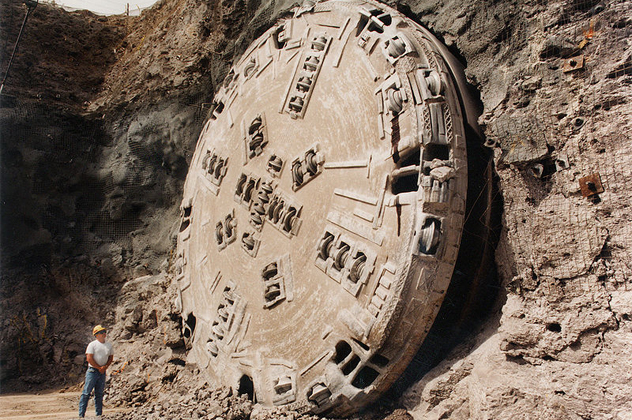
While reactor meltdowns are a common fear, what many people don’t think about is the absurd amount of nuclear waste we have to store. And considering the half-life of most radioactive substances is really long, this presents a serious issue. The fact that radioactive material is incredibly hard to store safely, no matter how little you have, complicates the problem more. As you can imagine, most people don’t want the waste to be stored anywhere near them.
To this end, a project was proposed a few years back to create a nuclear waste storage site at Yucca Mountain in Nevada. The project was heavily opposed by President Obama and the Senate Majority Leader Harry Reid, who happens to be from Nevada himself. Those in favor of it claim that studies of the proposed site show it would be perfectly safe and wouldn’t emit harmful radiation at all, but that hasn’t done anything to blunt the extremely strong opposition to the plan. The fact is that people just don’t trust radiation—you can talk about safeguards all you want, but no one wants it in their backyard.
6Radioactivity Can Be A Silent Killer
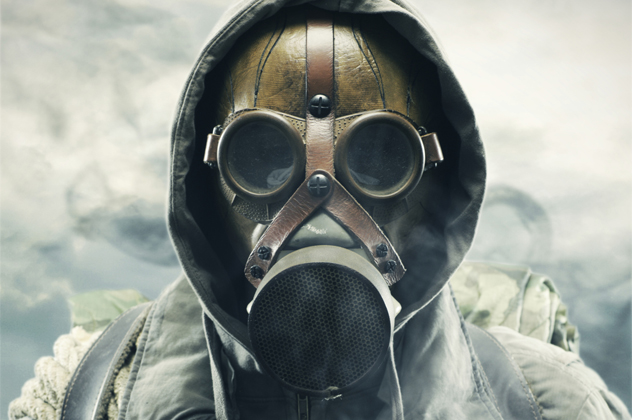
Most people think of radiation as something that happens due to a serious disaster, but radiation is all around us, and it often affects us in ways we don’t expect. A radioactive—and very dangerous—gas called radon is formed whenever uranium decays. Uranium is present nearly everywhere on Earth, and for this reason, there’s always background radiation around us. In most places, there isn’t enough to be a problem, but in many situations, radon is silently giving people lung cancer. Some estimates claim that as many as 1 in 15 homes in the United States have dangerous levels of radon that could lead to increased lung cancer risk in inhabitants.
The EPA estimates that radon kills well over 20,000 people a year, making it the second-highest cause of lung cancer—second only to smoking cigarettes, an action that you do on purpose. As radon can easily accumulate in houses, it is recommended to test for it every couple of years. If high levels are found, there are now specialists who can put together systems to help deal with the problem and vent it harmlessly above your house. As the problem becomes better known, some people think that radon warnings should become mandatory, the same way lead contamination is required to be disclosed.
5Specific Absorption Rate

The idea that cell phones can cause cancer has been floating around for a while, and it’s pretty controversial. Numerous studies have focused on that possibility, but none seem to have conclusively proved one way or the other if there is any risk or, if there is, how serious that risk actually is. Most people just assume that they are generally safe, but not everyone is convinced.
The FCC has standards for the specific absorption rate (SAR) of cell phones. All cell phone manufacturers are required to test for their model’s SAR and put the results in the phone’s user manual. However, what many people don’t realize is that these specific absorption rates often only apply to holding the phone in a very specific way.
To get their phones within the safe distance, many phone manuals recommend holding the phone much farther away from your ear than most people would ever consider. Some models are only tested for the radiation that hits you when you’re holding the phone out from your body, and a distance test from the head is not performed. While it is inconclusive, the FCC still advises that you read the owner’s manual and follow the instructions for your specific phone in order to maintain your own health and safety.
4The Myth Of Cold Fusion
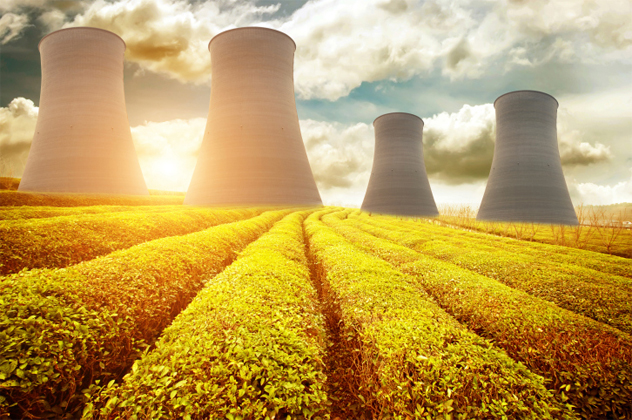
About two decades ago, scientists Martin Fleishmann and Stanley Pon claimed that they had found a way to create a nuclear reaction at room temperature, an alleged phenomenon that would come to be known as “cold fusion.” If something like this could be done, we would be able to use nuclear reactions for energy without all the worries about dangerous radiation levels and widespread destruction of our environment. So as you can imagine, people were incredibly excited about the scientists’ claims and quickly set out to replicate the experiment.
They were met with disappointment. Nobody could seem to replicate the experiment or make it work, and no one has yet been able to come up with a theoretical model that would explain how it even could work. Eventually, people gave up and moved on to other ideas. However, recently, a group of scientists working at the US Naval Laboratories claimed to have found evidence that cold fusion could be possible. Unfortunately, the skeptics still are not convinced. The researchers did not satisfactorily explain how they came to their conclusion or how it occurred, leaving cold fusion a controversial topic of debate and not much else.
3Low Levels Of Radiation Exposure

People sometimes forget that science is not one ubiquitous entity—there are many scientists in the world, and most of them have differing opinions. When it comes to radiation exposure, scientists are pretty divided. Some scientists believe that any level of exposure to radiation is harmful, at least theoretically. The most extreme side of this position advocates for staying away from all radiation, including medical equipment, unless absolutely necessary.
On the other hand, some researchers argue that even prolonged exposure to low levels of radiation might not be harmful at all. In fact, the University of Wisconsin-Madison’s John Cameron thinks it might actually be good for you, since there’s some evidence to suggest that small doses of radiation can boost the immune system. However, like we said, the scientific community is divided over the issue. There is research on both sides, but none of it is totally conclusive. Many people don’t currently wish to step outside of their theorizing to test one way or the other. While we may have more to learn, it’s likely that our ability to adapt to radiation exposure will have an important role in the battle against cancer.
2The World Has Tested Over 2,000 Atomic Bombs To Date
When nuclear explosions are brought up, most people will think of Hiroshima and Nagasaki. They’ll talk about the disaster at Chernobyl and the recent disaster at Fukushima. Many people will complain about the increased radiation levels in the environment as a result of the reckless use of these weapons, and the improper safety measures when it comes to nuclear power. However, the truth is that those are all just a drop in the bucket in comparison to the absurd number of nuclear weapons that have been set off around the world. While they are hardly ever actually used as weapons, before they became so important on the world stage, countries were testing them heavily in order to understand them properly.
To this end, countries like the US, Russia, the UK, and France spent several decades performing an absurd amount of nuclear bomb tests. The time-lapse video above shows all the bombs that were set off from the first tests all the way to the recent tests in Pakistan and North Korea. The numbers are chilling—over the course of a few decades, we set off over 2,000 nuclear bombs across the globe. While there is no way to measure it at this point, it makes one wonder what the level of global radiation was before we started setting off atomic bombs all over the place.
1The Extent Of North Korea’s Nuclear Program
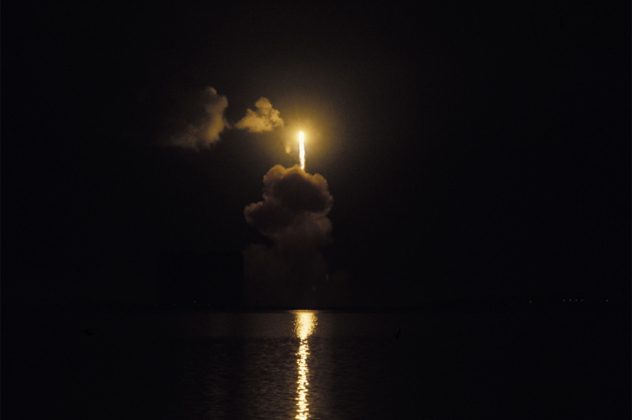
Many people are extremely concerned about the developing nuclear programs of countries around the world, and in recent years this has caused the international community to turn their eyes to the countries of Iran and North Korea. Recently, the UN Security Council, in alliance with Germany and the EU, made a historic deal with Iran to prevent them from creating nuclear weapons. In return, many sanctions will be lifted and the Iranians will be allowed certain development for energy purposes on a limited basis. However, many people were never as concerned about Iran in particular, because they have a fairly stable government and aren’t likely to start nuking their neighbors out of spite or sheer lunacy. In most people’s minds, the same cannot be said for North Korea.
For many people, it’s something of a joke when North Korea starts making threats, but in recent years, North Korea has performed multiple weapons tests that they claim to be nuclear in origin. While some aren’t too concerned, these tests have always been followed by sanctions from the international community, which would suggest that they take the threat seriously. After their most recent test in 2013, North Korea claims to have miniaturized a warhead that will fit on a regular missile. Some people are skeptical about just how dangerous North Korea’s bombs are, but they have enough enriched material for multiple weapons, and they are very, very good at secrecy. The real questions are whether they would be capable of delivering the payload to their neighbors, and whether they would even dare.








